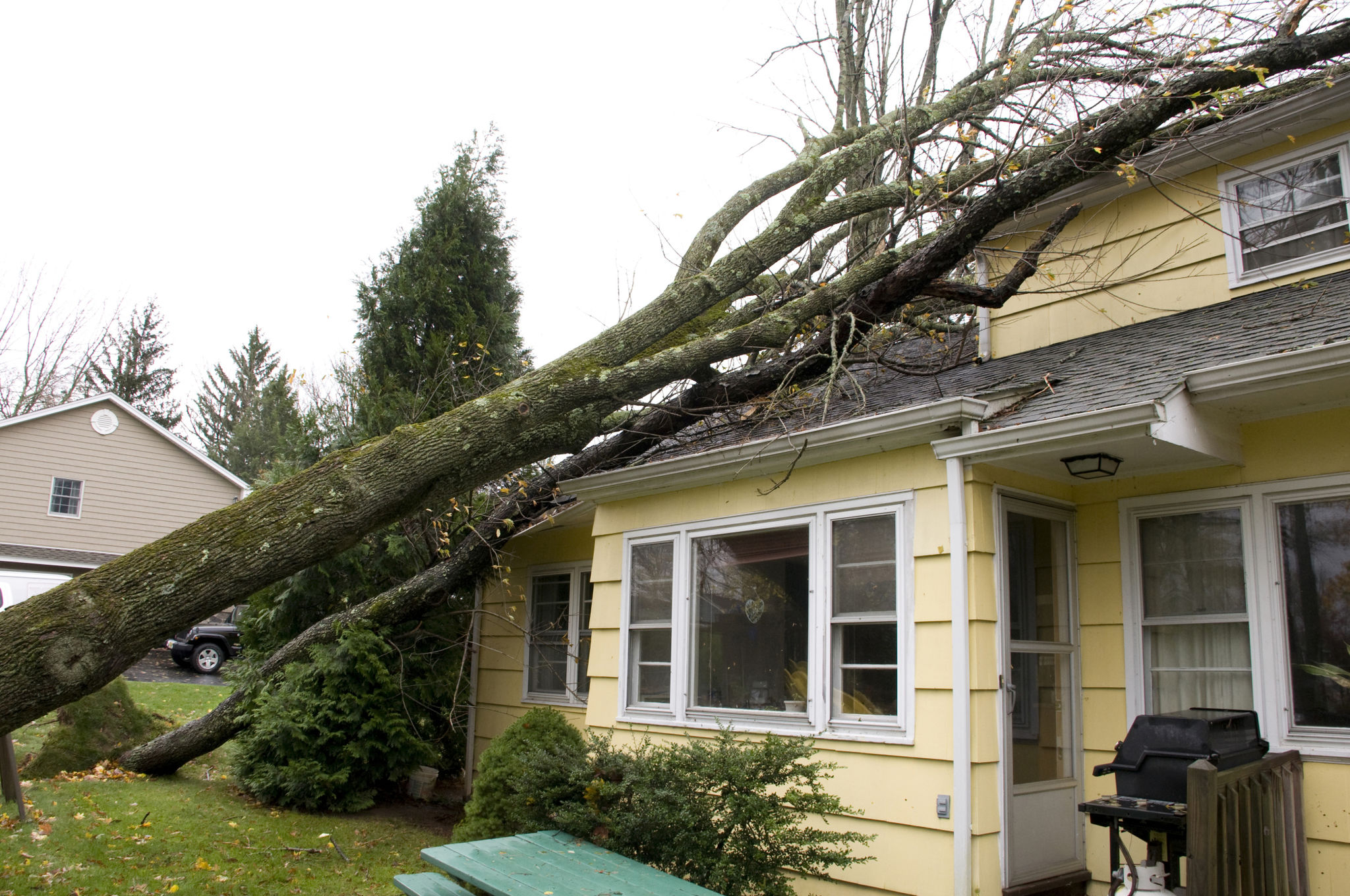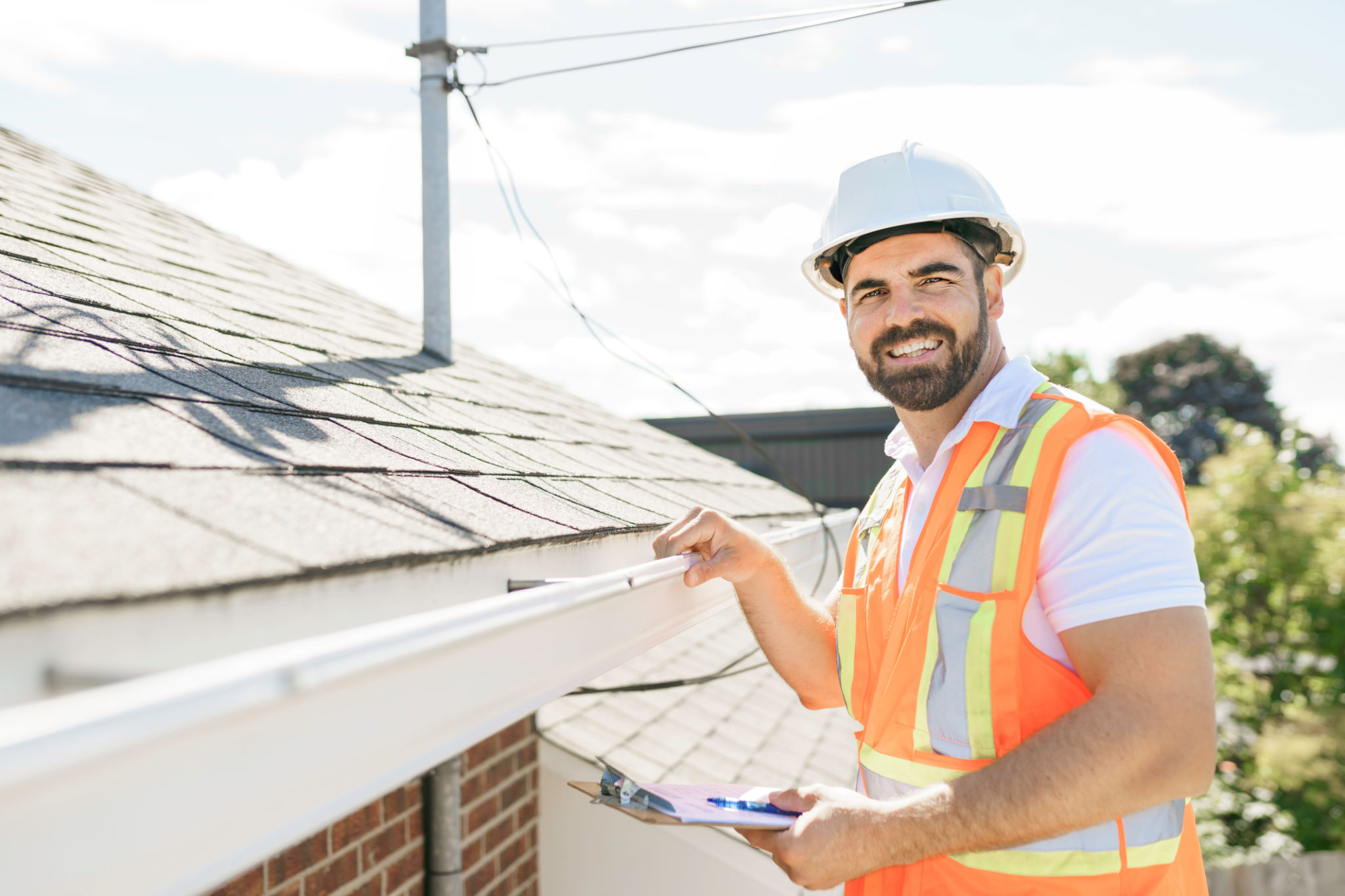DIY Roof Inspection: How to Check Your Roof After a Storm
Understanding the Importance of Roof Inspection
After a storm, your roof may have been exposed to harsh elements that could lead to significant damage. Regularly inspecting your roof ensures that any issues are identified early, preventing costly repairs down the line. Conducting a DIY roof inspection can be a straightforward process if you know what to look for.

Safety First: Preparing for Your Inspection
Before climbing onto your roof, ensure you have the right safety gear. A sturdy ladder, non-slip shoes, and a safety harness are essential. Additionally, it's wise to have someone with you who can assist or call for help if needed.
Always check the weather forecast and avoid inspections on windy or rainy days. Safety should always be your top priority.
Exterior Inspection from the Ground
Start by inspecting your roof from the ground. Look for obvious signs of damage, such as missing shingles, sagging areas, or debris accumulation. Use binoculars for a closer view without having to climb up immediately.
Check for Debris and Damage
Storms often leave debris on the roof. Check for branches, leaves, or any foreign objects that may have been blown onto your roof. Clearing this debris is crucial to prevent water pooling and potential leaks.

Inspecting Shingles and Flashing
If you're comfortable doing so, climb onto the roof to examine the shingles closely. Look for cracked, curled, or missing shingles, as these can allow water to penetrate the roof structure. Pay special attention to the flashing around chimneys, vents, and skylights, as these areas are particularly vulnerable to leaks.
Look for Signs of Water Damage
Water stains on your ceiling or walls are telltale signs of a leaky roof. Inside your attic, check for damp spots, mold growth, or any unusual discoloration. These could indicate water intrusion that needs immediate attention.

Evaluating Gutters and Downspouts
Your gutters play a crucial role in directing water away from your home. After a storm, ensure they are not clogged with leaves or debris. Clean gutters help prevent water from overflowing and damaging your home's foundation.
Additionally, check the downspouts for proper water flow. If water is pooling at the base of your home, it may indicate a blockage that needs clearing.
Documenting and Addressing Findings
During your inspection, take notes and photos of any damage you observe. This documentation can be invaluable when contacting roofing professionals or dealing with insurance claims.
If you discover severe damage or are unsure about any findings, it's best to consult with a professional roofer. They can provide a more thorough evaluation and recommend necessary repairs.

Taking Preventative Measures
Regular maintenance can extend the life of your roof significantly. Consider scheduling professional inspections annually or after severe storms for peace of mind. Additionally, trimming overhanging branches can reduce the risk of future damage from falling limbs or debris.
By staying proactive with your roof inspections and maintenance, you can safeguard your home against weather-related damage and ensure its structural integrity for years to come.
